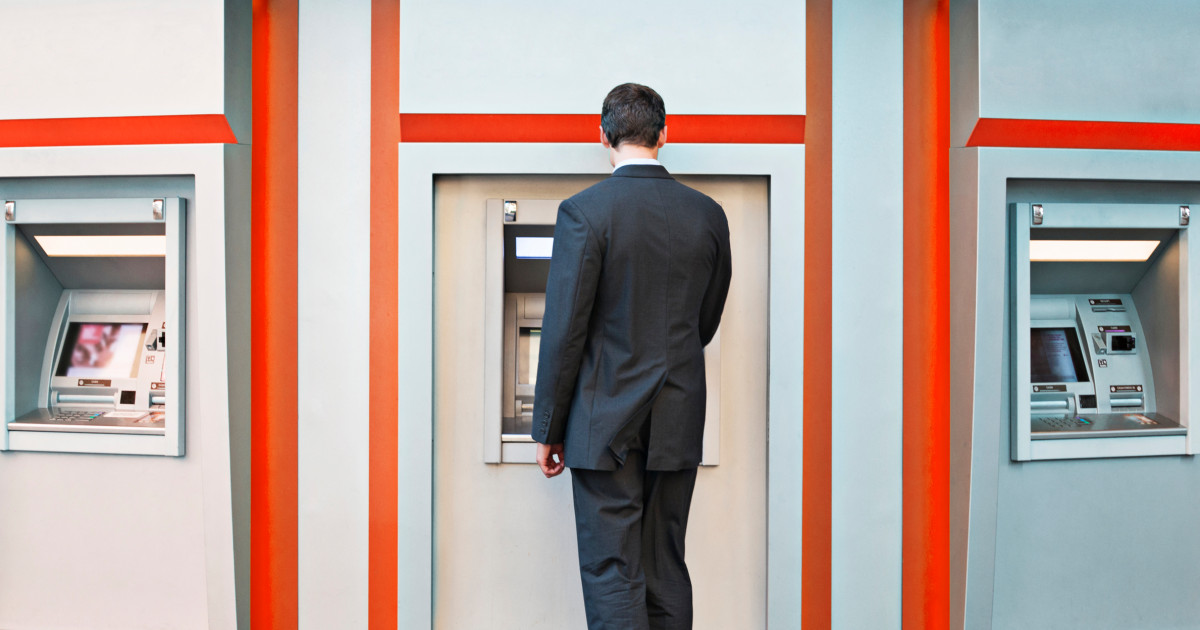Over 12% of Latino households do not have a bank account. It can cost a lot of money.
When Yanely Espinal was growing up, his family did not use a bank.
Her parents had immigrated to the United States from the Dominican Republic and, like many newcomers, used only cash.
“I’ve never, ever seen a credit card, a debit card, anything like that in my house,” said Espinal, director of education outreach at Next Gen Personal Finance. “There was never any type of account or financial institution that my parents had a relationship with.”
As the country celebrates National Hispanic Heritage Month, the good news is that the number of unbanked Latino households is at its lowest since the Federal Deposit Insurance Corp. began to survey the public.
Yet Latino households are less likely than non-Hispanic whites to use the banking system. In 2019, 12.2% of Hispanic households were unbanked, compared to 2.5% of whites, according to the The latest FDIC investigation. Black households had a rate of 13.8%.
However, the Coronavirus pandemic will likely push the number higher, the agency said in its report. A significant loss of employment or income, as seen during the crisis, is one of the main reasons people move from banked to unbanked, as previous FDIC surveys have shown.
The reasons for staying away from bank accounts can vary. There may be language barriers or mistrust of banking institutions, especially for those who may come from a country with a weak or corrupt system, Espinal said.
Then there’s the lack of access, said Teresa Montoya, director of marketing at GECU, a credit union based in El Paso, Texas. As a community development financial institution, GECU supports economically disadvantaged communities. It has more than 400,000 members and 31 branches in the region.
“Brick and mortar are still extremely important in building this relationship,” said Montoya.
The number of bank branches in communities is declining, with a record number of closures in 2020 alone, according to S&P Global Market Intelligence. U.S. banks and savings banks closed 3,324 branches nationwide in 2020 but only opened 1,040, the data showed. Figures do not include temporary closures due to the pandemic.
Still, predatory lenders have locations everywhere, Montoya said.
The cost of being unbanked
The end result is that people without a bank account can end up digging deep into their wallets.
For those cashing a check at a check cashing point, the cost can range from 1% to 12% of the face value of the check, depending on The bank rate.
While banks generally offer free bill payment, people who don’t have an account have to either queue up to pay in cash or purchase a money order, which has minimal costs, or a cashier’s check, which typically costs between $ 10 and $ 15, according to the discount rate.
Those who go to a payday lender instead of a bank for a loan can end up paying over 300% interest, or even more. Often times, people find themselves in a cycle, taking out loan after loan. Almost 1 in 4 payday loans are re-borrowed nine or more times, depending on the Consumer Financial Protection Bureau.
Overcome misconceptions
The main reason people are unbanked is the belief that minimum balances are too high for them, said Karyen Chu, chief banking research officer at the FDIC. Therefore, they will have to pay a fee.
Still, that’s not necessarily true, she said.
The Cities Fund for Financial Empowerment Count on The platform has strived to bring safe and inexpensive banking products to customers across the country. Currently, nearly 150 banks and credit unions are certified to Bank On standards, with accounts accounting for 52% of the national deposit market.
The problem is getting the information out to the community. When the pandemic hit, the FDIC launched its #GetBanked pilot campaign to help people get into the banking system to get stimulus payments directly deposited.
The agency is also studying possible fintech opportunities to reach the last unbanked.
“The persistent gap in access to the banking system has shown that we need to think outside the box to create a regulatory system that will help close this gap,” FDIC President Jelena McWilliams said in a speech by June.
Part of the FDIC’s new approach is to work with minority depository institutions and community development finance institutes to enable them to compete better in the modern age.
There are over 1,000 community development financial institutions operating nationwide. In an effort to serve low-income communities often excluded from the financial system, they offer low-cost checking and savings accounts, as well as financial products such as loans.
At GECU, a large part of the mission of the credit union is community outreach. There is also personal finance training. To become a lifetime member, one share costs $ 20. Then the verification is free.
“Everything we make goes back to the community,” said Montoya. “We see ourselves as a social organization.
Another financial hurdle for many unbanked households is the cost of not creating wealth by investing. Opening a bank account is the first step to financial security, but savings accounts don’t earn a lot of interest. For many, it can be difficult to go public afterwards.
There is a lack of access, as well as a lack of information and education surrounding it, Espinal said.
Getting that education is the key to gaining the confidence to make these kinds of financial moves, she said.
“You’re going to be more financially savvy and better off,” Espinal said. “You will start to see results. “
Disclosure: Invest in yourself: ready. Adjust. To grow. is a financial wellness and education initiative of CNBC and Acorns, the microinvestment app. NBCUniversal and Comcast Ventures are investors in Tassels.


Comments are closed.